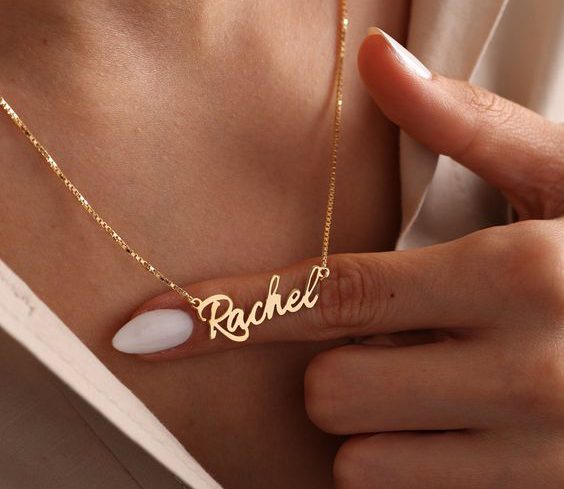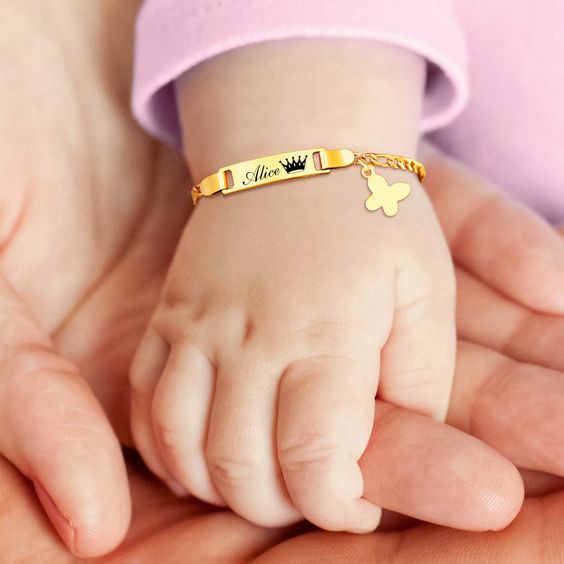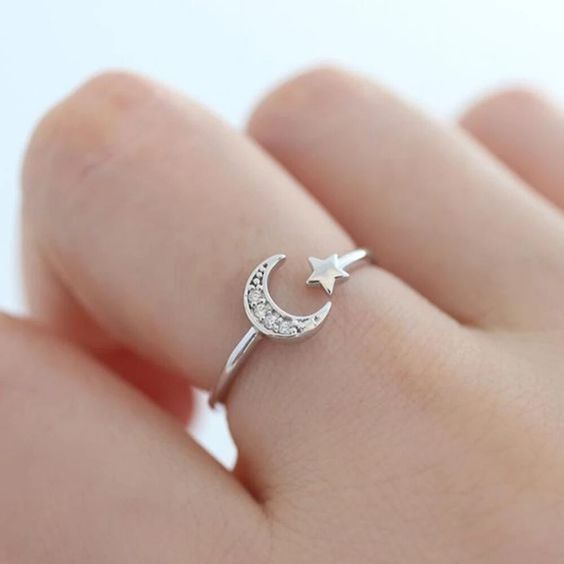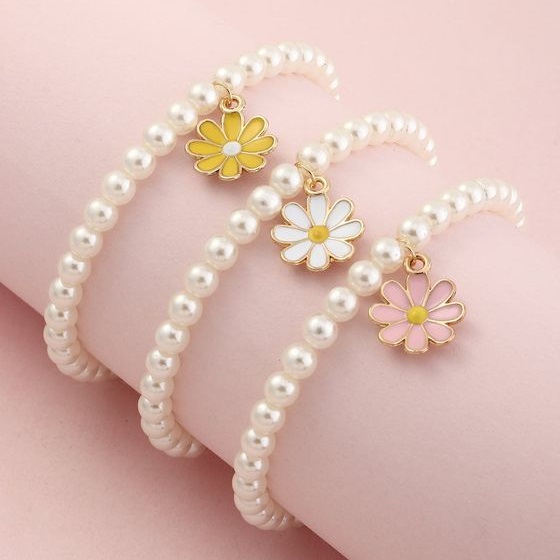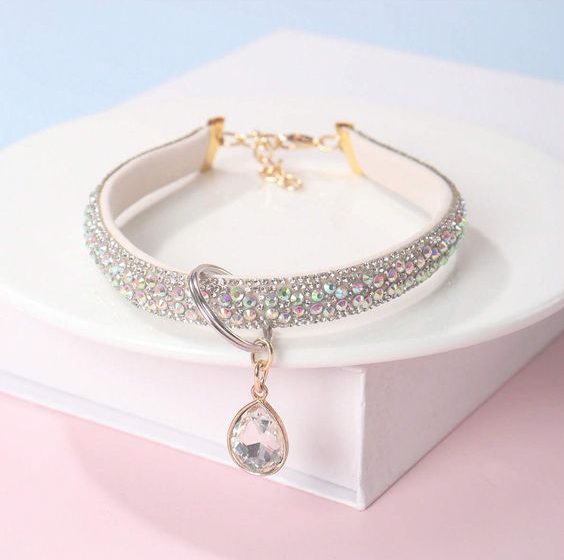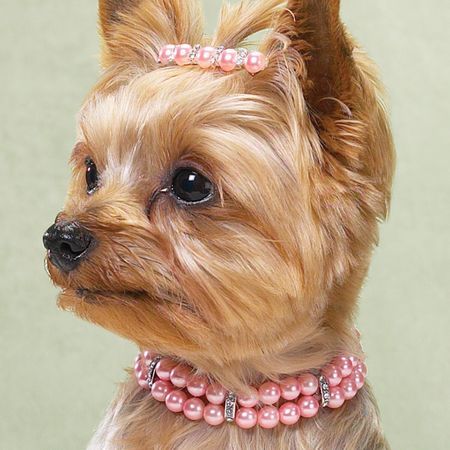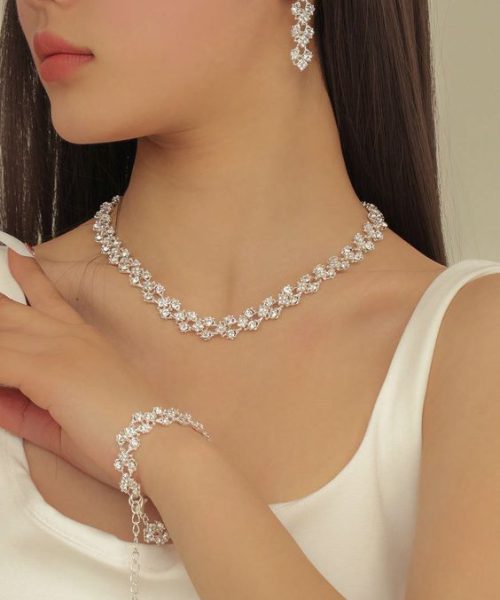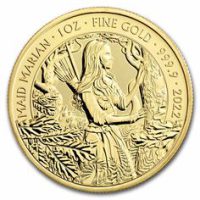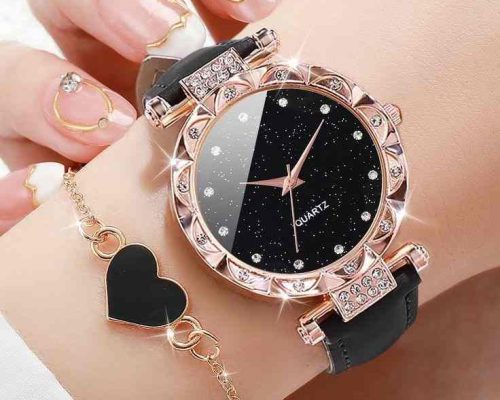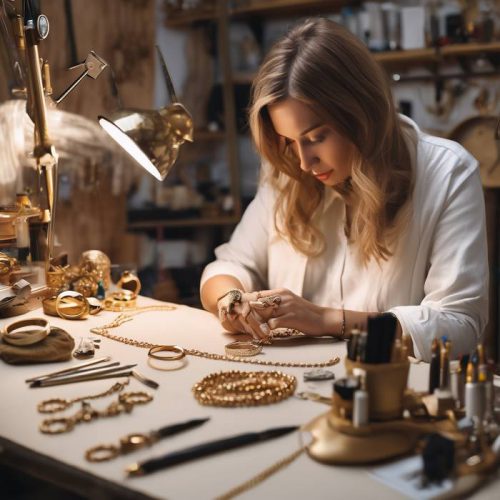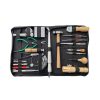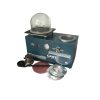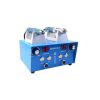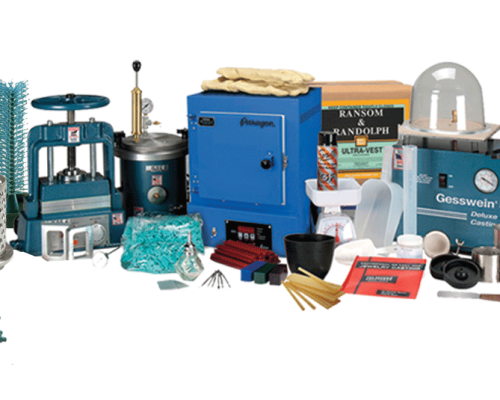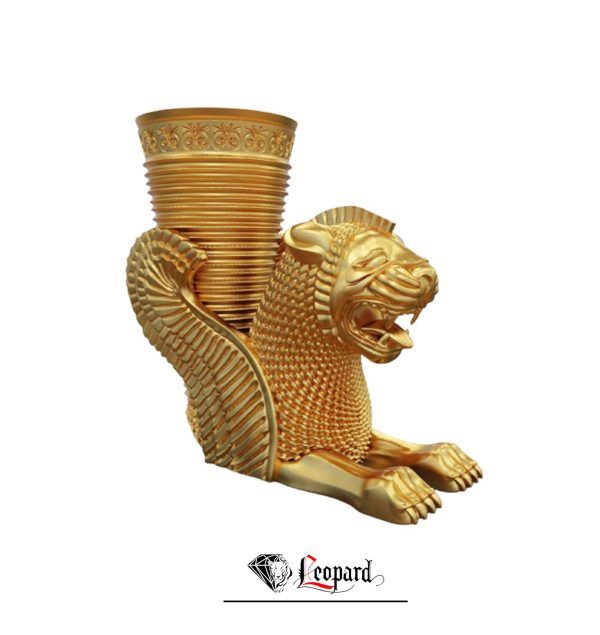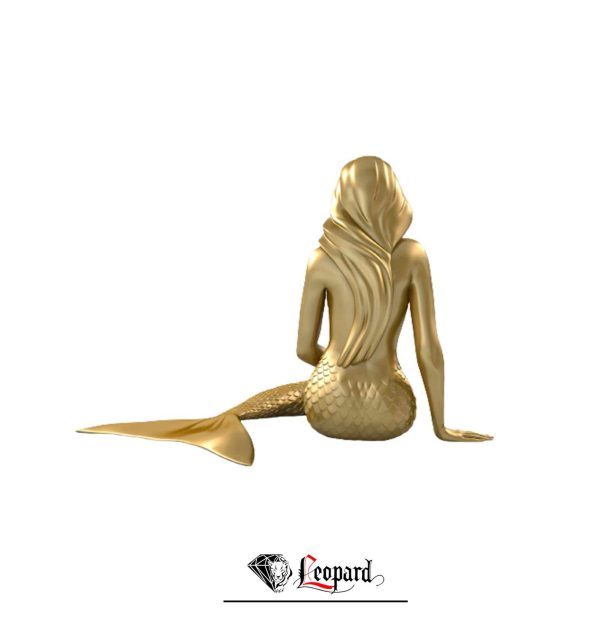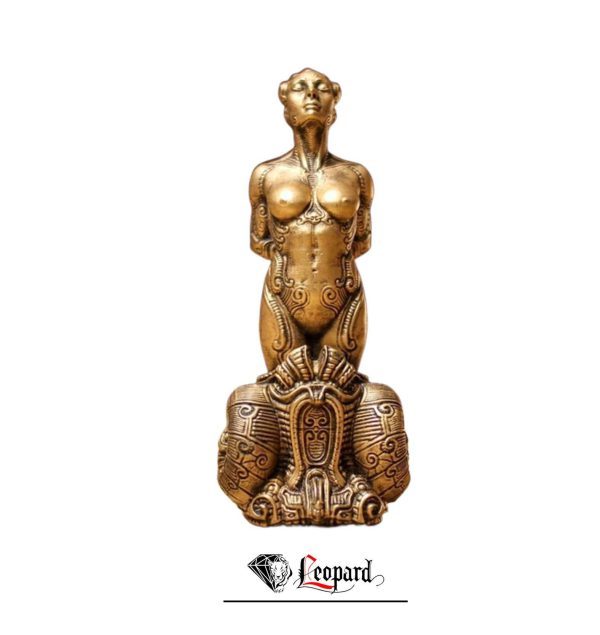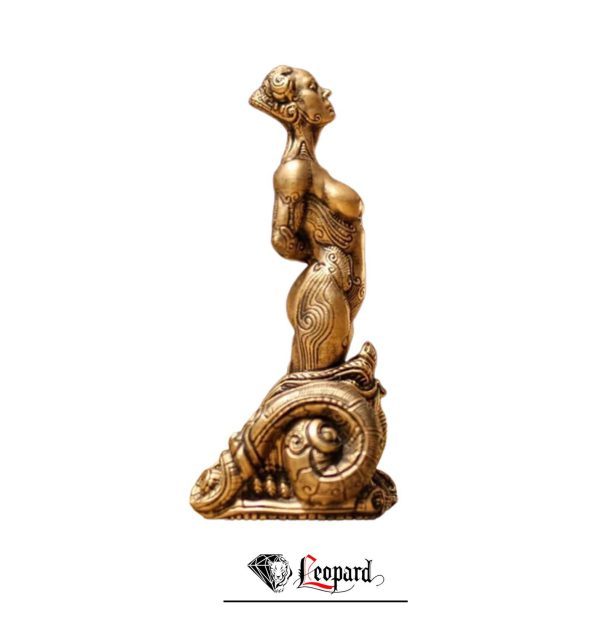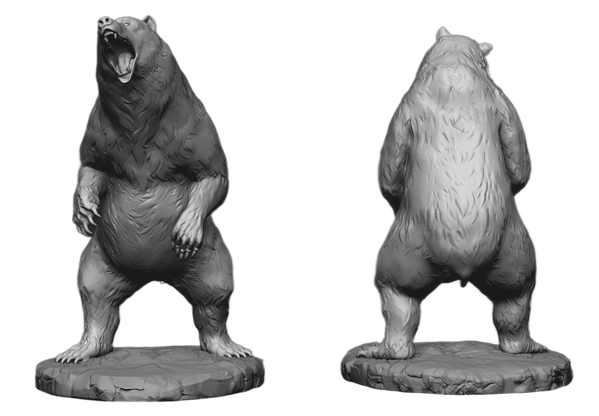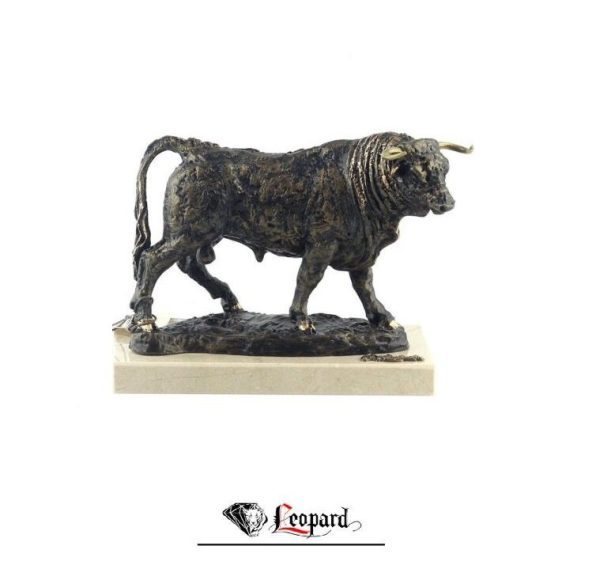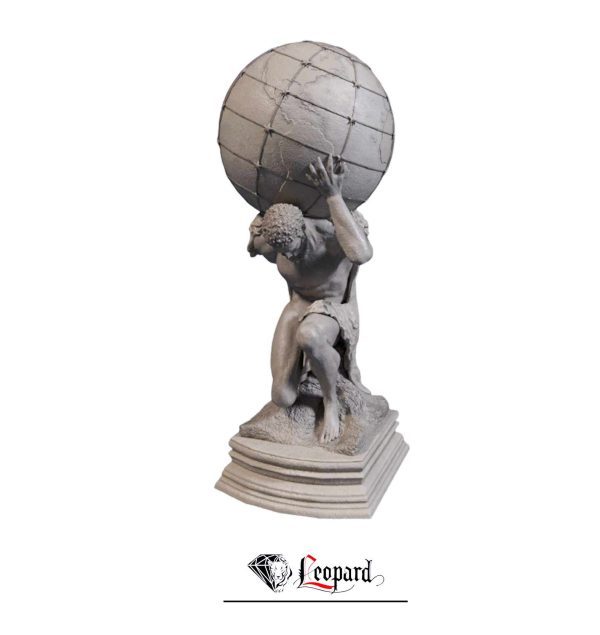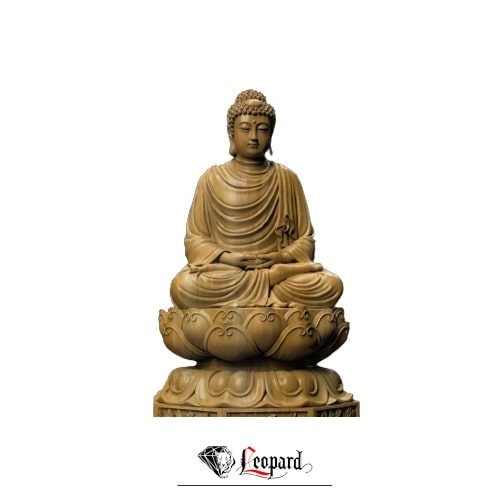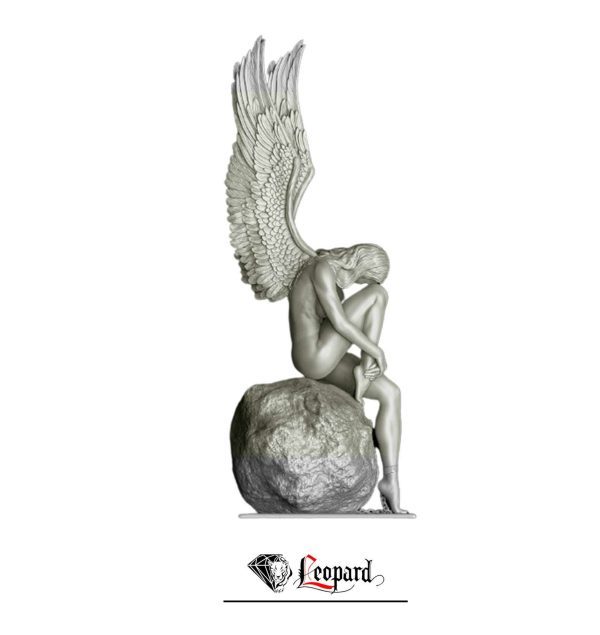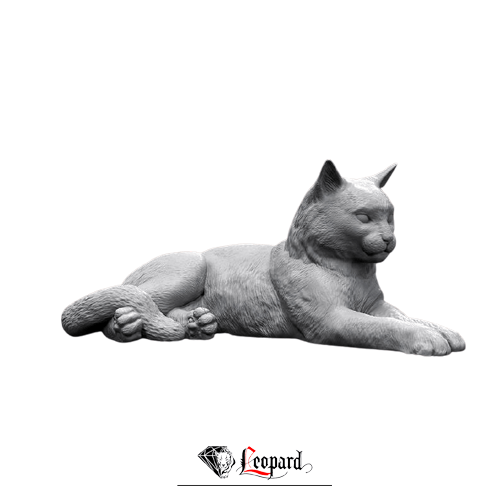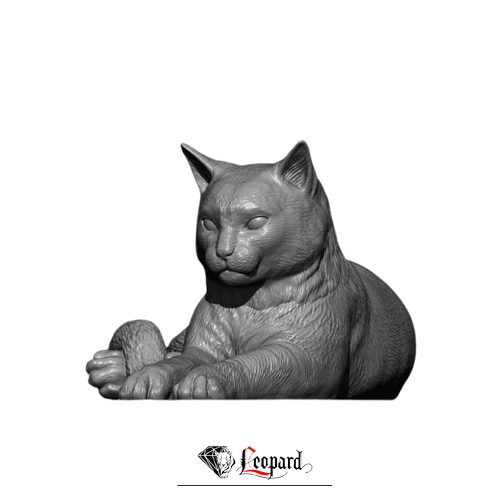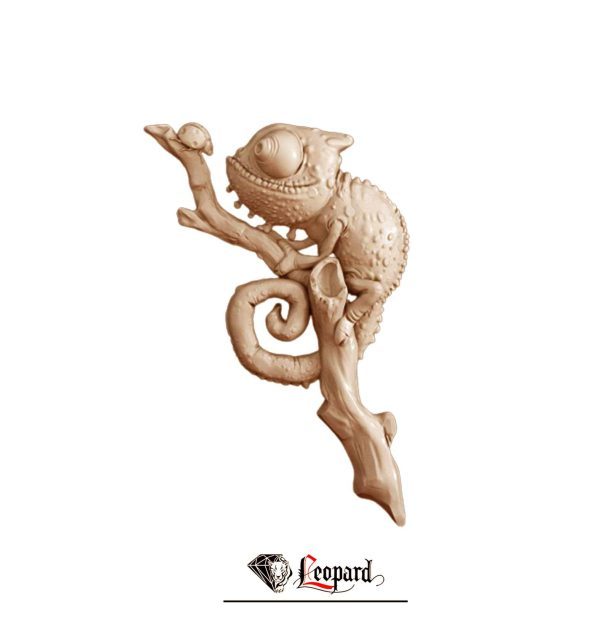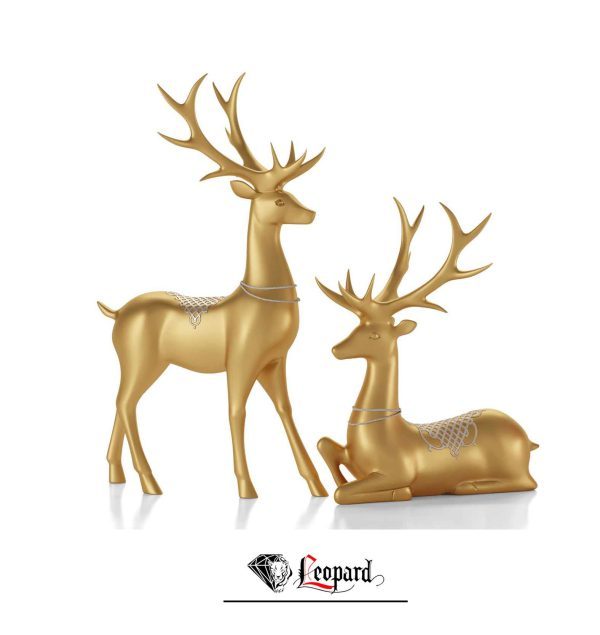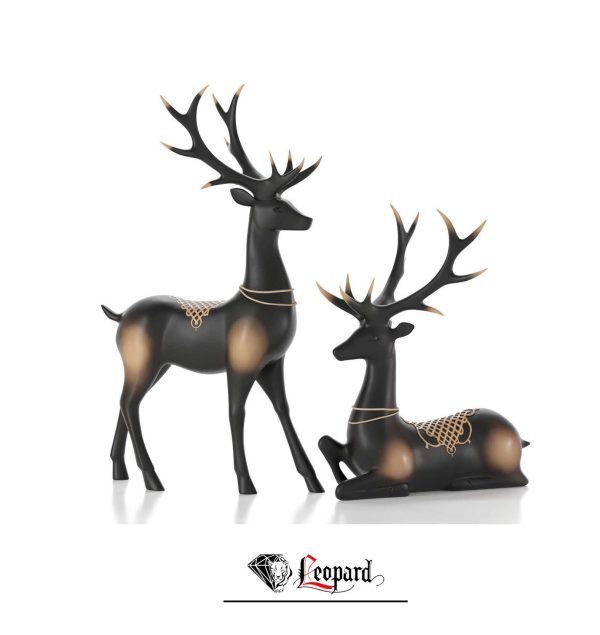Gold statue, beautiful and amazing but expensive!
Gold sculpture is one of the most beautiful, durable and at the same time the most expensive types of sculptures. Gold is a chemical element with the symbol Au and atomic number 79, which makes it one of the elements with higher atomic number that exists naturally. It is a pure, light metal, slightly reddish yellow, dense, soft, malleable and flexible. Gold is often found in the form of free (native) element, in pieces or grains, in rocks, veins, and in alluvial deposits. It is naturally alloyed with other metals such as copper and palladium as well as mineral components such as intra pyrite in a series of solid solutions with the main element silver (as electrom). Less common, occurs in minerals as gold compounds, often with tellurium (gold tellurides).
One of the reasons for the gold statue’s durability is that gold is resistant to most acids, although it dissolves in water (a mixture of nitric acid and hydrochloric acid) to form a soluble tetrachloroate anion. Gold is insoluble in nitric acid, which dissolves silver and base metals, a property that has long been used to refine gold and confirm the presence of gold in metallic materials, creating the term acid test. Gold also dissolves in alkaline cyanide solutions used in mining and plating. Gold dissolves in mercury to form amalgam alloys, and since gold simply acts as a solute, it is not a chemical reaction.
One of the reasons this beautiful metal is so expensive is that gold is a relatively rare element and a precious metal that has been used throughout history to mint coins, jewelry, and other arts. In the past, the gold standard was often used as a monetary policy, but gold coins as a circulating currency ceased in the 1930s, and the global gold standard for the Fiat currency system was abandoned after 1971.
Global gold consumption
In total, there are about 201296 tons of gold on the surface of the earth by 2020. This is equivalent to a cube with approximately 21.7 meters (71 feet) on each side. Global consumption of new gold produced is about 50 percent in jewelry, 40 percent in investment and 10 percent in industry. High malleability, ductility, resistance to corrosion and most other chemical reactions, and electrical conductivity have led to its continued use in corrosion-resistant electrical connections in a variety of computer devices (its most important industrial application). Gold is also used in infrared protection, tinted glass production, gold leaf and tooth restoration. Some gold salts are still used as anti-inflammatory in medicine. As of 2017, China was the world’s largest gold producer with 440 tons per year.
Use of gold in the manufacture and production of jewelry and gold sculpture
Due to the softness of pure gold (24k), it is usually alloyed with base metals for use in jewelry and sculptures, and changes its hardness and ductility, melting point, color and other properties. Lower grade alloys, usually 22k, 18k, 14k or 10k, contain a higher percentage of copper or other base metals or silver or palladium in the alloy. Nickel is toxic, and its release from white gold nickel is regulated by law in Europe. Palladium-gold alloys are more expensive than nickel-based alloys. High-grade white gold alloys are more resistant to corrosion than pure silver or pure silver. Mokume-gane Japanese handicraft uses color contrast between multi-layered gold-colored alloys to create wood grain decorative effects.
By 2014, the gold jewelry industry was on the rise despite falling gold prices. Demand rose to $ 23.7 billion in the first quarter of 2014, according to the World Gold Council.
Gold solder is used to connect gold jewelry components with hard solder or high temperature solder. If the work is to be of a certain quality, the gold solder alloy must match the delicacy (purity) of the work, and the alloy formulas are made according to the yellow and white gold color. Gold solder is usually made in at least three melting point ranges called easy, medium and hard. Using hard solders with high melting points, and then solders with gradually lower melting points, goldsmiths can assemble complex items with several separate solder joints. Gold can also be made into yarn and used in embroidery. This also applies to the construction of gold statues.
Major production of gold sculpture
In addition to producing gold, silver, bronze and brass jewelry, the Leopard Gold Factory also produces a variety of decorative sculptures. Dear sellers, to order the bulk production of your desired products, all you have to do is contact Leopard and leave your desired design to our experienced experts. We will be by your side from design to production.
Buy Gold Sculptures
To buy and order gold sculptures, contact our experts in Leopard and choose the product you want.
Valuable gold sculptures are presented in our catalog. Our models perfectly match all interior decoration styles and there are various models for every taste. Among the models offered, you can find options in any size, shape and thematic direction.
Some types of products are small metal sculptures that are used to decorate the interior in different types of spaces.

































